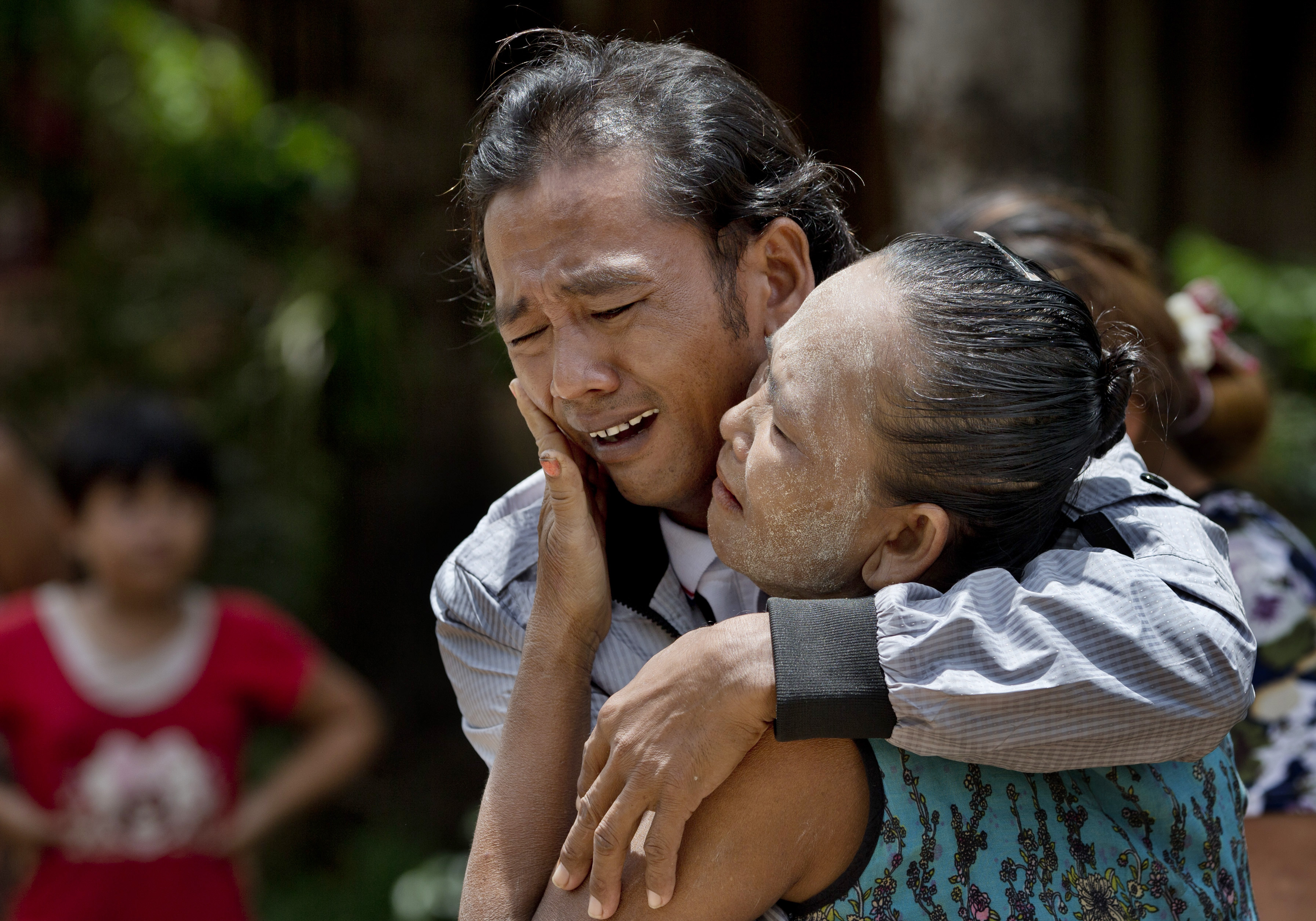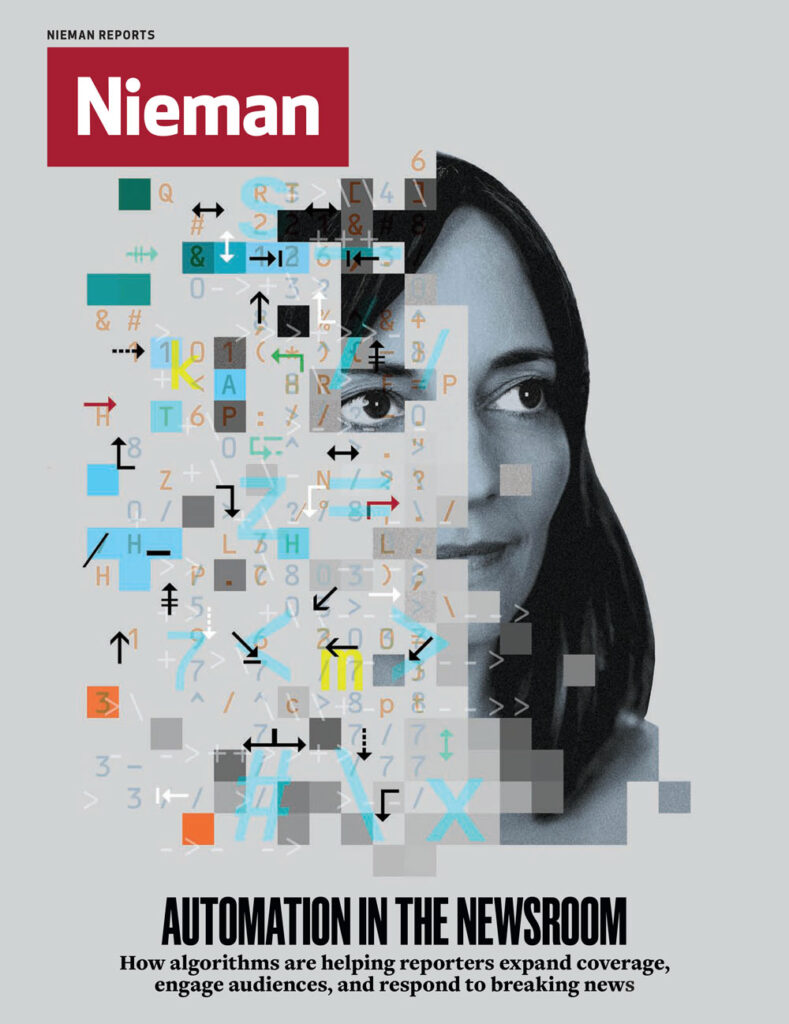So often, journalists are quick to dismiss stories that have been done before, especially those that have been written over and over again. But what if you could take a subject everyone has known about for years—an open secret—and make it your own, breaking news and linking unspeakable abuse occurring in Southeast Asia's oceans back to American dinner tables? That's exactly what my Associated Press colleague Robin McDowell and I set out to do when we began a yearlong investigation exposing modern-day slavery in the fishing industry's gritty underworld.
Migrant workers from the poorest parts of Thailand, along with neighboring Myanmar, Cambodia, and Laos are routinely sold onto Thai fishing boats that end up thousands of miles away in foreign waters for up to years at a time. Those lucky enough to return have long told of the horrors experienced at sea—brutal beatings, 22-hour shifts, no medicine, a lack of food, unclean water, and bodies stashed in the freezer or tossed overboard.
What is less known—and much harder to prove—is that their catch is transported from the open sea back to Thailand where it's processed and shipped worldwide as part of the country's $7 billion annual seafood export business. Our reporting showed everything from the fake crab in your California roll to the food in your cat's bowl could have been caught by slaves.
How did we do it?
After months of dogged reporting and networking, we essentially uncovered a slave island in a remote corner of Indonesia, complete with men locked in a cage and a company graveyard filled with dozens of fishermen buried under fake Thai names.
It was an explosive story on its own, but it wasn't enough. We were determined to name names.
We used satellites to track a refrigerated cargo ship filled with slave-caught fish from the Indonesian dock to Thailand. From there, we spent four nights in a truck following load after load of seafood being delivered to cold storage facilities, processing plants, and the country's largest fish market.
Once we nailed down that some of these smaller companies were selling to two major Thai exporting businesses, California-based reporter Martha Mendoza started connecting the dots.
She used U.S. Customs records to determine that tainted fish can wind up in the supply chains of some of America's biggest stores including Wal-Mart, Kroger, Albertsons, and Safeway, along with the nation's largest food distributor, Sysco. It can also find its way into the supply chains of some of the most popular brands of canned pet food, including Fancy Feast, Meow Mix, and Iams.
Sometimes the best reporting comes from taking a new look at an old story
But even after we had all of this, we still could not run the story until we knew the slaves quoted and shown on camera were safe. We asked the International Organization for Migration to help, and they worked with Indonesian authorities to move the identified men off the island and into a secure shelter ahead of publication.
Just over a week after our story ran, the Indonesian government made a dramatic rescue—freeing more than 300 slaves from the island. Since then, more than 800 men and counting have been repatriated, arrests have been made, businesses have cut ties with tainted suppliers, a Congressional hearing has been held, and U.S. federal legislation has been written.
Proof that sometimes the best reporting comes from taking a new look at an old story.




